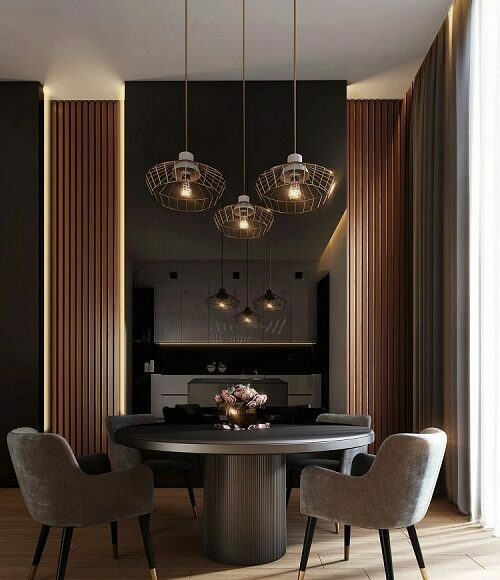Frank Lloyd Wright was an architect who designed Danish furniture for Fallingwater in the 1930s. Since it was popularised in the 1950s, the distinctive, unpretentious Danish approach to furniture design has not evolved much. It still remains classy and light design.
The four following principles of Danish design furniture are still as active and important now as they were decades ago, despite the ever-evolving furniture and interior design trends worldwide.
Table of Contents
Focus On Utility
Danish furniture is designed with the individual’s size and living environment in mind. As a result, you won’t find large legs on sofas or tables. Rather, the focus is always on minimalism and comfort.
Make Good Use of Wood
Danish design employs resilient, long-lasting, and top-quality wood that can last for decades. Popular woods include walnut, elm, oak, and teak, a block of durable wood used in shipbuilding that can withstand moisture, which is usually used here.
Colour Variety
Danish coverings blend in well with their surroundings. On couches, recliners, chairs, and sofas, neutrals like soft tans and cognac-coloured leather, as well as vibrant but relaxed Joy bird Orange or a soft Laguna blue, are used.
Consistency and Timelessness
Till these days, Danish design remains true to its utilitarian and simple roots.
Danish design furniture encompasses democratic, low-cost, and advanced furnishings and interiors. These pragmatic considerations resulted in a new level of spare elegance, and a preference for lighter colours, easy forms, and open-plan spaces.
The Final Wrap
Danish design furniture is a great choice because of its longevity and superb sleek designs. And the price is definitely quality-worthy. Wooden furniture lasts a long time if one can take proper care and maintenance. Wood oils and wood cleaners are usually used to take care of the furniture.
Decorate your home with aesthetically beautiful Danish design furniture and make it look classy.




